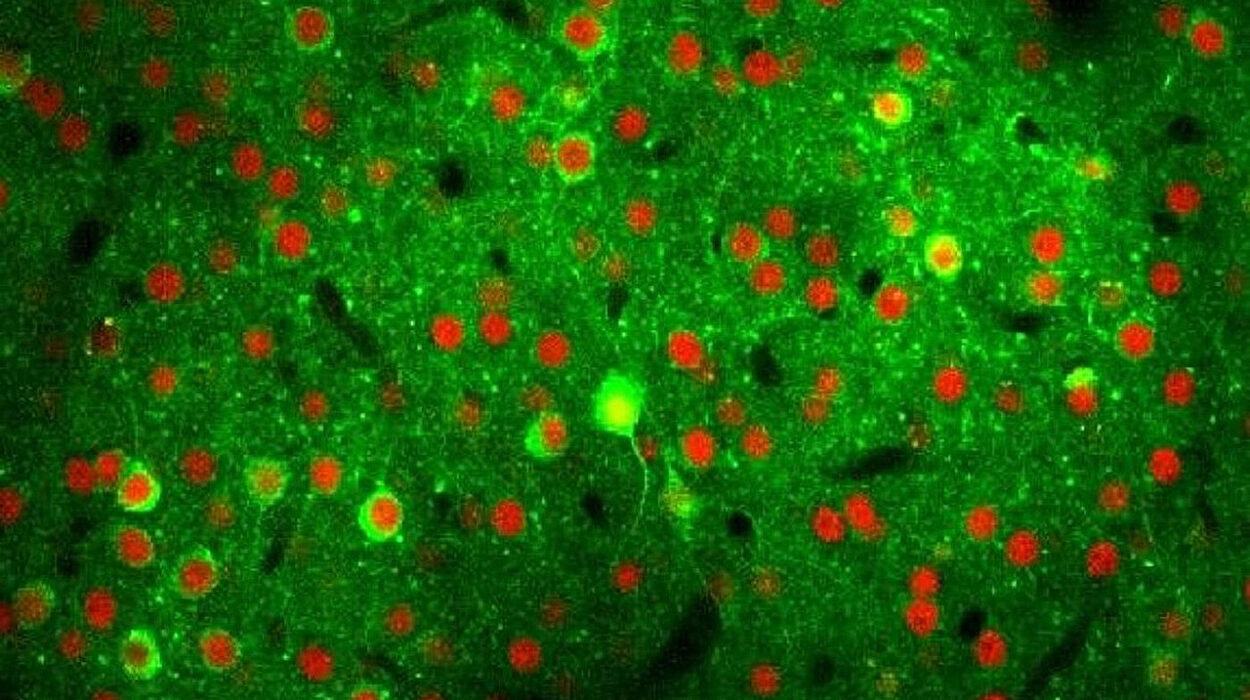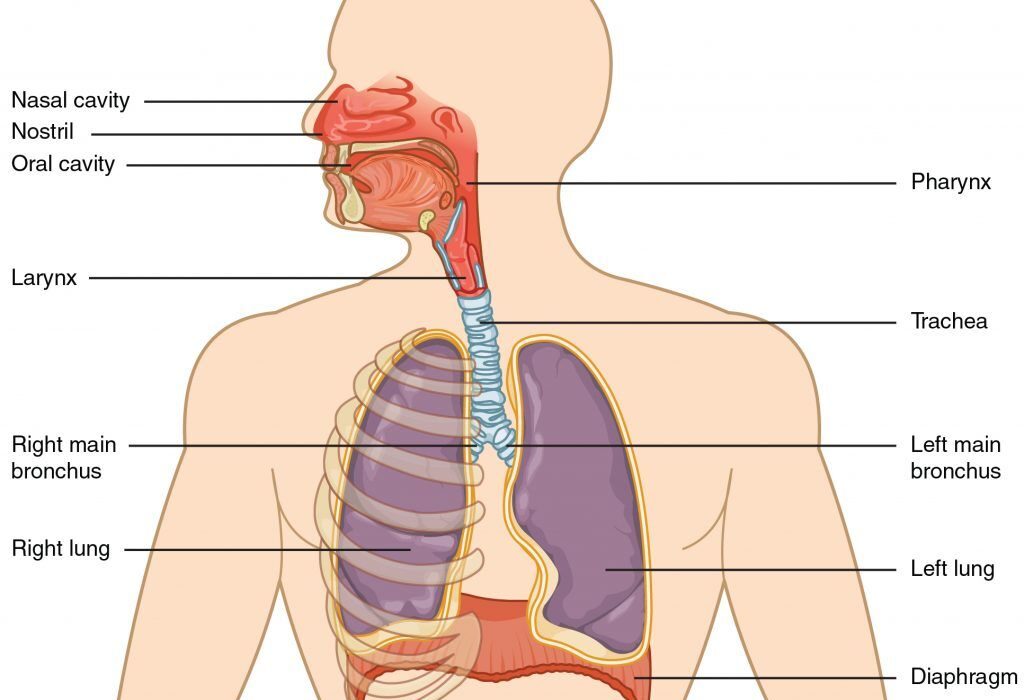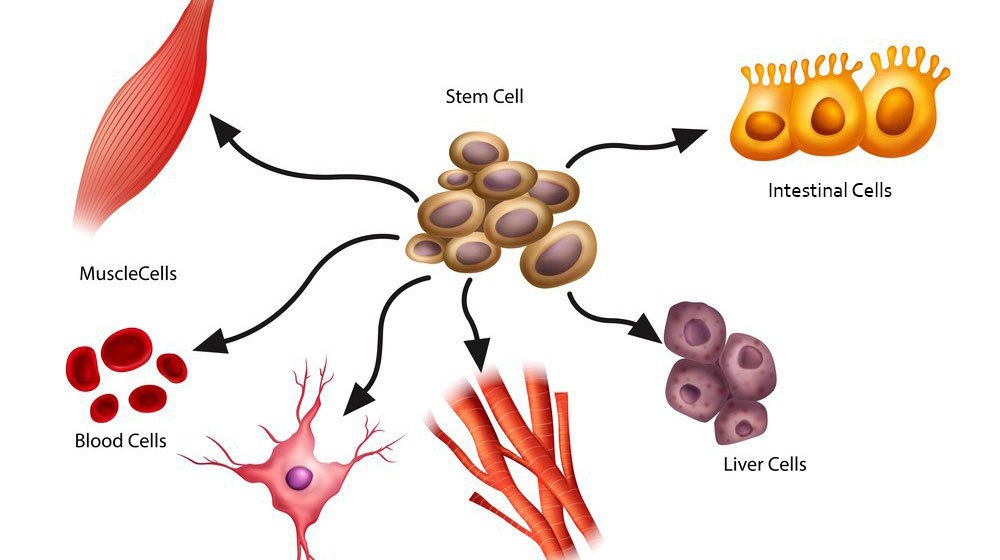In a world where modern medicine can replace hearts, edit genes, prolong life, and even allow people to design their own babies, questions about right and wrong don’t just linger in the air — they demand answers. Who decides what should be done when a patient can’t speak for themselves? Can a doctor refuse to perform a procedure if it goes against their moral beliefs? Should healthcare be a universal right or a privilege for those who can afford it?
These aren’t just philosophical thought experiments. These are real dilemmas that play out every day in hospitals, clinics, and policy discussions around the world. The tool that helps doctors, nurses, patients, and policymakers navigate these murky waters is known as medical ethics.
Medical ethics is not just a dusty academic subject for ivory towers. It’s the heartbeat of every decision made in healthcare. It’s the voice in the room when a surgeon decides whether to operate on an elderly patient with low survival odds. It’s the guiding hand when a family and a doctor disagree about end-of-life care. It’s the reason patients sign informed consent forms, and it’s the force behind patient rights.
To understand medical ethics is to understand how we balance hope with harm, care with caution, and science with humanity. Whether you’re a patient trying to make sense of your treatment options or a healthcare professional striving to do what’s right, medical ethics touches you more than you might realize. So let’s explore this fascinating, often complicated world together.
The Foundation of Medical Ethics
Medical ethics can be traced back thousands of years. One of the earliest and most famous ethical codes in medicine is the Hippocratic Oath, which dates back to ancient Greece. At its core, the oath commits doctors to act in the best interests of their patients and avoid doing harm — “First, do no harm” (Latin: Primum non nocere), though not originally part of the oath, became an enduring principle of ethical medical practice.
Modern medical ethics has evolved significantly since the time of Hippocrates. It is now a complex field that draws from philosophy, law, religion, and cultural norms. While ideas differ across regions and societies, several core principles form the bedrock of contemporary medical ethics. These principles serve as moral guidelines for clinicians and healthcare institutions around the globe.
These foundational principles are autonomy, beneficence, non-maleficence, and justice. Let’s unpack each of these in simple, real-life terms.
Autonomy: Respecting the Right to Choose
Imagine you’re in a hospital bed. The doctor walks in and recommends a surgery with risks and benefits. You ask questions, weigh the options, and ultimately decide whether to go ahead. That ability — to make decisions about your own body and care — is autonomy in action.
Autonomy means that patients have the right to make their own healthcare choices, as long as they’re informed and capable of making decisions. It reflects the idea that people are in charge of their own lives. Doctors are not meant to dictate treatment, but to offer information and support, leaving the final choice to the patient.
This principle has reshaped modern healthcare. Gone are the days when doctors made decisions without explaining them to patients. Now, informed consent is a legal and ethical requirement. Before any significant procedure or treatment, patients must be fully informed of the risks, benefits, and alternatives.
There are exceptions, of course. Autonomy can be compromised if a patient is unconscious, mentally incapable, or underage. In such cases, healthcare providers must rely on advance directives, legal guardians, or ethics committees to make decisions that align with what the patient would have wanted.
But autonomy doesn’t mean patients can demand anything they want. If a patient insists on a treatment that’s ineffective, dangerous, or unethical, a doctor is not obligated to comply. That’s where the next principle comes into play.
Beneficence: Doing Good for the Patient
If autonomy is about honoring choice, beneficence is about ensuring those choices do good. Beneficence is the moral obligation to act for the benefit of the patient — to promote health, relieve suffering, and do what is best for their wellbeing.
For example, if a patient comes in with a severe infection, a doctor is ethically bound to prescribe antibiotics — not because the patient asked for them, but because it’s what the patient needs to get better. Beneficence pushes healthcare providers to go beyond simply not harming patients; it requires them to actively help.
This principle can sometimes clash with autonomy. Suppose a patient refuses chemotherapy for cancer, even though the treatment might save their life. The physician is then caught between respecting the patient’s decision (autonomy) and doing what would benefit them medically (beneficence). These conflicts are at the heart of many ethical dilemmas.
Navigating them requires communication, compassion, and often, compromise. Medical professionals must provide honest, clear information and explore why a patient might resist a recommended treatment. Sometimes it’s about fear, cost, or cultural beliefs. Understanding the person behind the patient is essential.
Non-Maleficence: Do No Harm
Non-maleficence is closely related to beneficence, but with a critical difference. While beneficence tells doctors to do good, non-maleficence warns them not to do harm. This principle urges caution. Just because a treatment might help doesn’t mean it’s worth the risk.
For instance, a powerful painkiller might relieve suffering but also come with the danger of addiction. A surgery could fix a problem but also carry the risk of death. Non-maleficence forces doctors to weigh the potential harms against the benefits before acting.
The balance between benefit and harm is rarely black and white. That’s why ethical decision-making is more of an art than a science. Doctors must think like chess players — not just about the next move, but several moves ahead. What are the long-term effects? Will the patient’s quality of life truly improve? What are the emotional and psychological consequences?
The COVID-19 pandemic brought this principle into sharp focus. Should limited ventilators be given to the sickest patients or those with the best chances of survival? Should patients be given untested drugs in a desperate situation, or is that too risky? These are questions of non-maleficence, asked in real time with real lives on the line.
Justice: Fairness in Medical Care
Justice in medical ethics is about fairness — making sure that all patients are treated equally and that resources are distributed in a just manner. It tackles questions like: Who gets an organ transplant when there aren’t enough available? How should a country distribute vaccines during a pandemic? Should a rich person get better treatment than someone without insurance?
In an ideal world, healthcare would be universally available, equally excellent, and completely fair. But we live in a world of limited resources, competing interests, and deep inequalities. Justice in healthcare aims to close those gaps, even when the task seems impossible.
Justice also involves fighting discrimination in medicine. Research shows that racial minorities, LGBTQ+ individuals, and low-income patients often receive lower-quality care or face more barriers in accessing treatment. Medical ethics calls on professionals to recognize and challenge these injustices — not just in policy, but in daily interactions.
Healthcare systems around the world reflect different interpretations of justice. In countries with universal healthcare, justice means providing care to everyone. In systems based on private insurance, justice is more about access within economic limits. Both models raise ethical questions that society must confront honestly and transparently.
Truth-Telling and Confidentiality
While the four main principles form the skeleton of medical ethics, several other values flesh it out. Truth-telling and confidentiality are two of the most important.
Truth-telling means that doctors should be honest with their patients. This includes telling the full truth about diagnoses, treatment options, risks, and prognoses — even when the news is bad. In the past, doctors often withheld information to “protect” patients. Today, the standard is full disclosure, as long as the patient wants to know.
Of course, truth-telling isn’t always simple. Some patients may not be ready to hear the whole story. Others may come from cultures where families prefer to shield patients from bad news. In such cases, ethical sensitivity and cultural competence are essential.
Confidentiality, on the other hand, means protecting a patient’s private information. What a patient shares with a doctor is personal — often deeply so — and must not be revealed without consent. This includes medical records, test results, and even the fact that someone is receiving care.
Confidentiality builds trust. If patients fear their information might be exposed, they may hide important facts, avoid treatment, or suffer in silence. However, confidentiality is not absolute. It can be broken if the patient poses a serious risk to others (such as in cases of infectious disease, child abuse, or intent to harm). Even then, the breach must be carefully justified and limited to what’s necessary.
Ethical Dilemmas in Real Life
Let’s bring all of this theory to life with a few real-world examples.
Consider a young woman who is brain dead after an accident. Her family wants to keep her on life support, hoping for a miracle, but the medical team believes there’s no chance of recovery. Who decides what’s best? Here, the principle of autonomy (did she express her wishes before?) competes with non-maleficence (avoiding prolonged suffering) and justice (using ICU resources wisely).
Or picture a rural clinic in a low-income country with one dose of a life-saving drug and two patients who need it. One is a child, the other an elderly man. Both have families. Who should get the drug? Justice calls for fairness, but how is fairness defined?
Even in seemingly simple situations, ethical questions arise. Should a doctor treat a COVID-positive patient without proper protective gear? Should parents be allowed to refuse vaccines for their children? What happens when a teenage girl asks for birth control but doesn’t want her parents to know?
Medical ethics doesn’t always offer clear answers. But it provides a framework for asking the right questions and making thoughtful, compassionate decisions.
Medical Ethics for Patients: Know Your Rights
Medical ethics isn’t just a matter for doctors and hospitals. Patients are ethical participants, too. Knowing your rights as a patient can empower you to take an active role in your care and hold the system accountable.
You have the right to be informed, to ask questions, and to get answers in language you can understand. You have the right to refuse treatment, even if doctors think it’s best for you. You have the right to privacy and to decide who gets access to your information. You have the right to be treated with respect, regardless of your age, gender, race, religion, or income.
Being a patient in today’s healthcare landscape can be intimidating. But understanding medical ethics gives you the tools to advocate for yourself and others. It helps you see doctors not as gods in white coats, but as partners in your health journey.
Medical Ethics for Professionals: Beyond the White Coat
For healthcare professionals, ethics is not a subject that’s learned once and forgotten. It’s a daily practice, a mindset, and a commitment. Every interaction with a patient — every diagnosis, prescription, or procedure — carries ethical weight.
Medical ethics reminds professionals to stay human in a system that can often feel mechanical. It encourages them to listen, empathize, and reflect. It holds them accountable when they’re tempted to cut corners or follow protocol blindly. It challenges them to stand up against injustices, whether in individual cases or systemic failures.
Ethics also helps healthcare workers deal with the emotional toll of their work. Burnout, moral distress, and ethical fatigue are real issues. Having a strong ethical foundation, along with institutional support, can provide clarity and resilience in the face of difficult decisions.
The Future of Medical Ethics
As medicine advances, the ethical landscape grows more complex. Genetic engineering, artificial intelligence, wearable tech, and telemedicine are changing how care is delivered and received. These innovations bring amazing possibilities — and new moral challenges.
Can we edit out disease genes in unborn babies? Should robots be allowed to diagnose and treat patients? What happens to your health data collected by fitness apps? Who decides if a dying patient can choose assisted suicide? These are questions not just for scientists, but for society.
The future of medical ethics will depend on open dialogue, cross-cultural understanding, and a commitment to both scientific excellence and human dignity. It will require patients and professionals alike to think deeply, act wisely, and never stop asking: What is the right thing to do?
Final Thoughts: A Shared Journey
Medical ethics is not a rulebook with clear-cut answers. It’s a living conversation, a bridge between science and morality, between what we can do and what we should do. It’s the compass that guides us through the fog of uncertainty, pain, and hope.
Whether you’re a doctor making life-or-death decisions, a nurse providing bedside care, or a patient trying to choose a treatment plan, ethics is the invisible companion walking beside you. It asks you to be honest, to listen, to be brave, and to care — not just for outcomes, but for people.
So the next time you sit in a doctor’s office, sign a consent form, or read about a medical breakthrough, remember: behind every needle and prescription is a world of questions. And it’s through medical ethics that we begin to find the answers.






